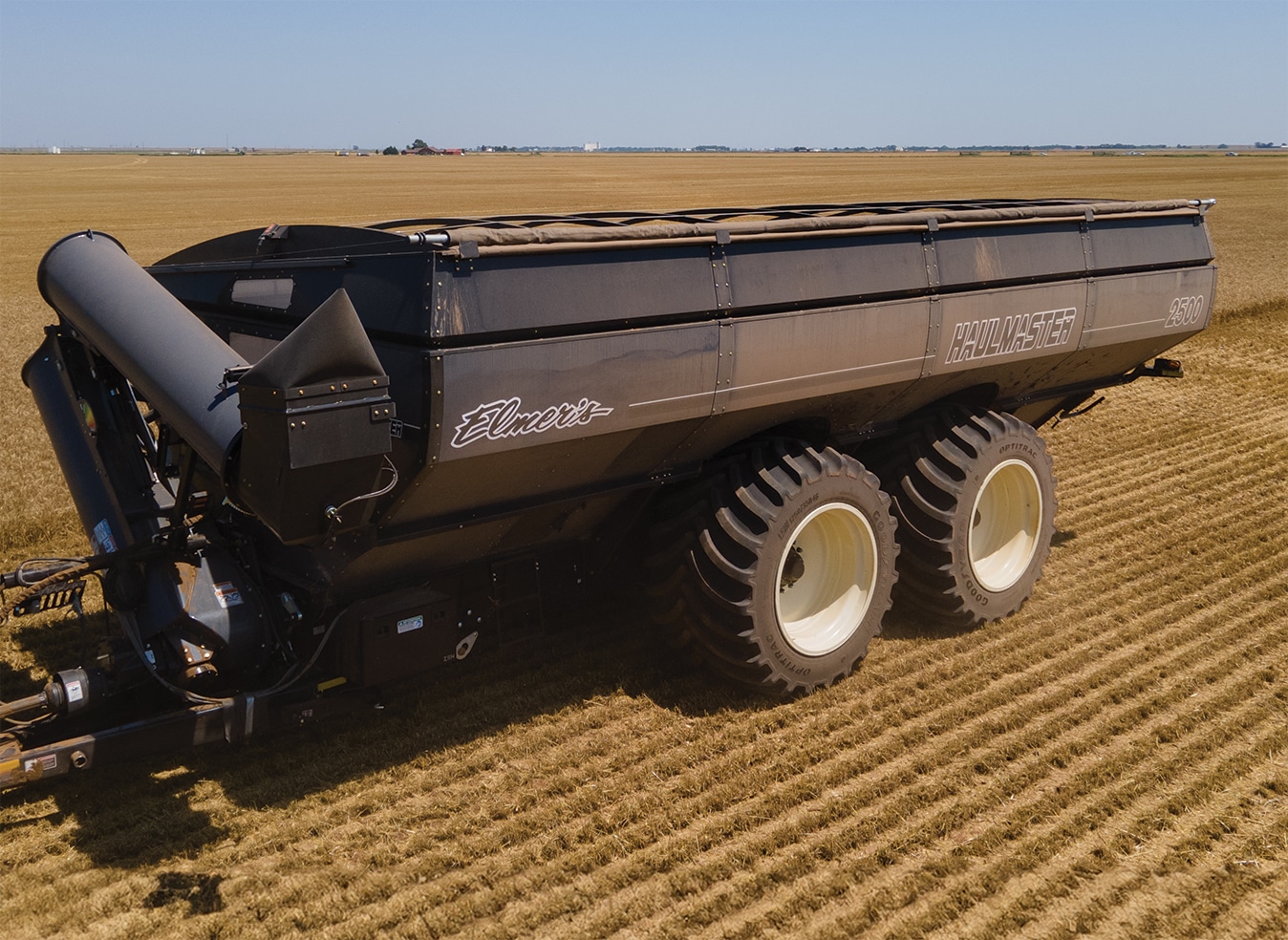
In this article, we will be going over the differences between a heavy, mid, and light/regular field harrow. Moving beyond the different types of harrows. We will work our way from the tractor cab to the back of the harrow going over the various options.
What is the difference between Heavy Harrow vs Mid/Hybrid Harrow vs Light Field Harrow?
- Heavy Harrows do an excellent job of managing straw and residue but are hard on standing stubble, resulting in more soil erosion and less moisture capture. Because heavy harrows are more aggressive, they will require more horsepower to operate.
- Mid/Hybrid Harrow bridges the gap between straw and residue management without compromising field finish. The 7-bar design and adjustability allow the operator to have any field finish they choose.
- Regular Harrows do an excellent job at keeping stubble standing but sometimes do not meet the straw management needs.

Harrow Adjustability
Harrow Adjustability can come in many different ways, but the most crucial ones that we have found are:
- Tine Angle
- Section Angle
- Down Pressure
The Super 7 Harrow has 3-way hydraulic adjustability to make any adjustments from the tractor cab. The hydraulic adjustability, paired with phasing cylinders, allows for consistent pressure across each harrow section, resulting in more even ground pressure in valleys and over hills. With these elements of adjustability, you can adjust on the fly or set and forget.
Solid Pull Arms or Cables?
Solid Pull Arms create a rigid connection reducing the outer section whip when cornering and allowing the operator to reverse into corners of the fields or out of undesirable situations. It also eliminates the risk of harrow wings rolling forward in a light harrow application when travelling downhill. The Super 7 Harrow includes the SecureLock Hydraulic Locking System. This system combines a custom-designed, spring-tensioned cylinder and an interlock system reducing the possibility of the solid pull arm unlatching during operation or with hydraulic pressure loss.
Why Parallel links?
Parallel links connect the harrow section to the wing beams of the harrow. Therefore, having equal length parallel links on the harrow sections allows for even downforce across the harrow section when pulled. Some manufacturers have longer parallel link lengths on top and shorter ones on the bottom, resulting in uneven pressure across the harrow section. The un-even pressure results in the front rows of tines being driven into the soil, resulting in not all the rows of tines engaging the soil, prematurely wearing out the tines, and getting an undesirable field finish.
How Many Harrow Bars Do I Need?
5 Bars are often standard on Heavy Harrows. They offer aggressive residue management and increased tine durability but often compromise the on-field finish.
The Super 7 Harrows 7-Bar design allows you to get 40% more area done per pass when compared to a 5-bar harrow. This additional 40% results in breaking up more soil chunks, chopping more straw, spreading residue & incorporating seed and chemicals more evenly and improving field finish.

Do Harrow Tines Matter?
Yes. Tine sizes do matter. Larger tines will often be heavier, ideal for working the soil harder and raking up residue while offering a longer life span. Smaller tines allow for more whipping action, chopping up the straw, offering a more consistent spreading of residue, chemicals, and seed. The Super 7 Harrow has the standard 1/2-inch tines but is also available with Chrome Tipped tines for increased longevity and aggressiveness.
Harrowing Advice
- Elmer’s Manufacturing recommends 5HP per foot of harrow for the best results.
- Recommended starting speed to run a Super 7 Harrow is 12 mph (20kph)
- If outer harrow sections are bouncing or lurching forward, slow down.
- Depending on the purpose of the harrowing but we recommend having the harrow set that the front tines are slightly more aggressive than the rear tines and that all tines should be actively engaging the soil.
- Continue to monitor field finish and/or straw buildup, and adjust speed and hydraulic settings on the go to get your ideal result.

In Conclusion
Harrows come in many different sizes with different features and options where at the end of the day, it comes down to functionality, ease of use and durability. The Super 7 Harrow checks all those boxes, with the hydraulic 3-way adjustability, solid pull arms and heavy-duty construction, but don’t take our word request your Super 7 Harrow demo today!
Stay Updated
Recent Events & News
Haulmaster CONNECT 12.2.1 Change Log

Elmer’s Manufacturing Announces Industries Largest Inline Tandem – Haulmaster 2500 Grain Cart


